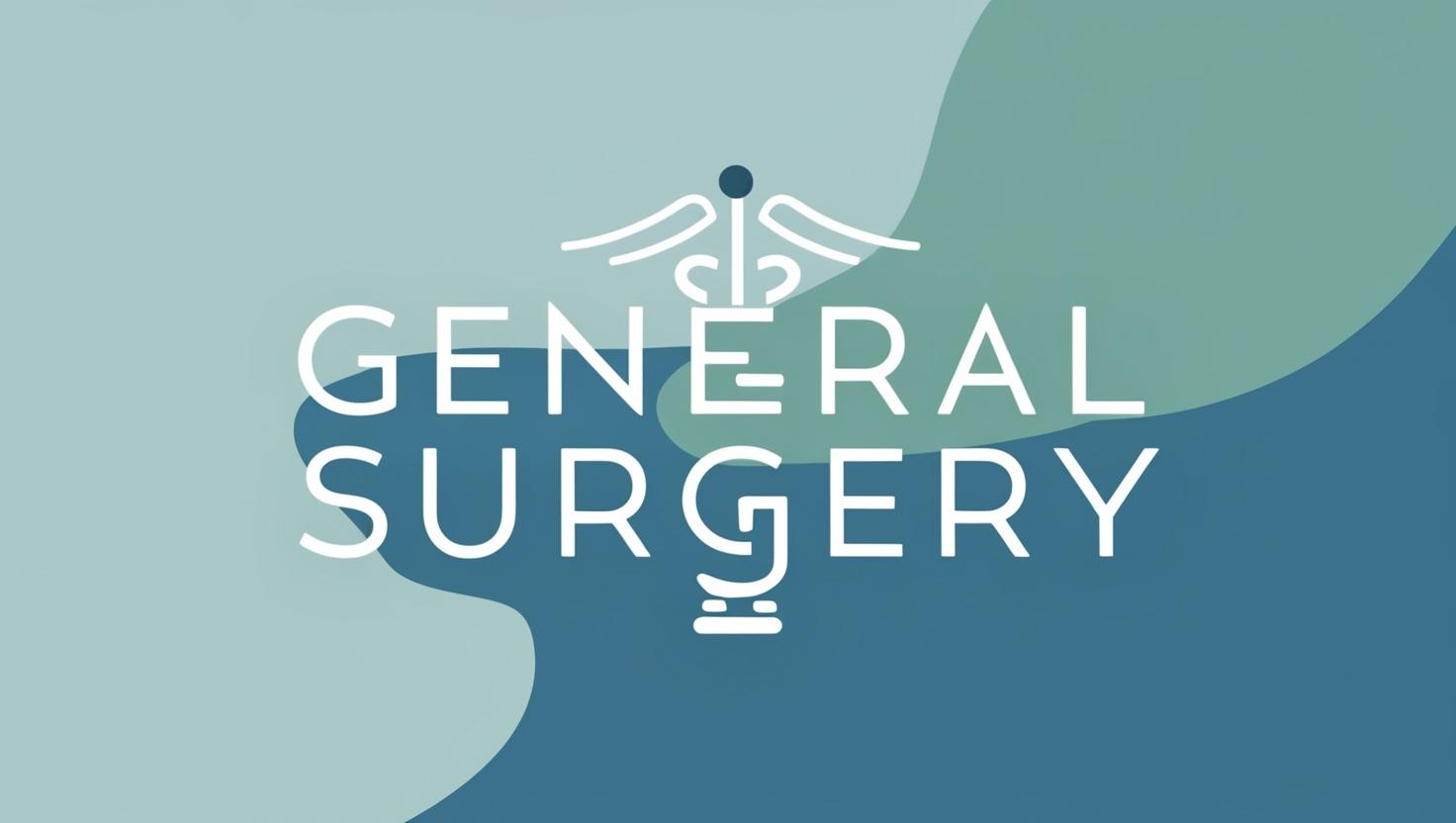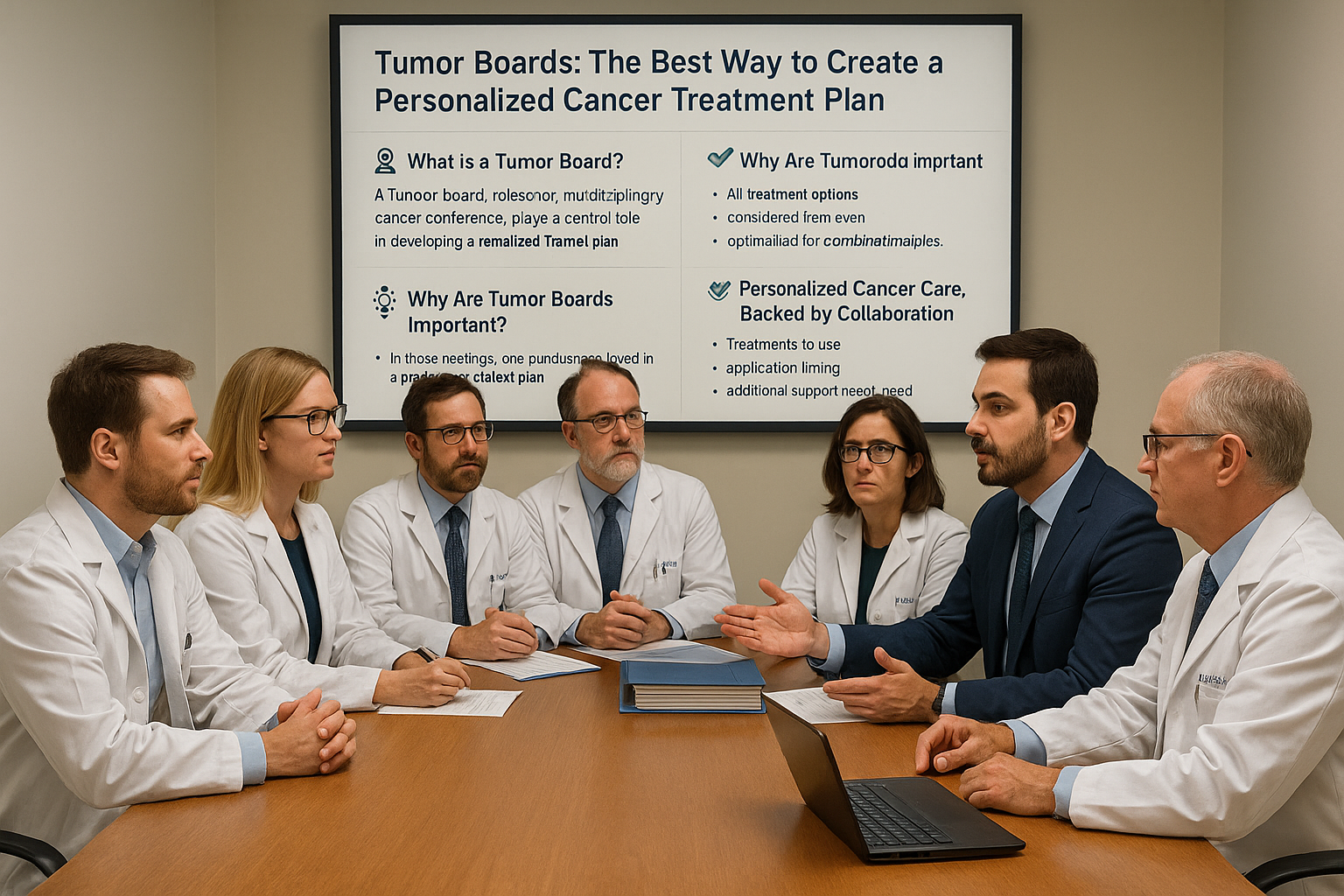Prostat Cancer
Causes of Prostate Cancer:
The exact cause remains unknown, but genetic changes (inherited or acquired) play a significant role.
Risk Factors:
- Age:
- Risk increases with age, rarely affecting individuals under 50.
- Family History:
- Having close relatives (parent, sibling, or child) with prostate cancer raises the risk.
Symptoms:
Early-stage prostate cancer may not cause noticeable symptoms. When symptoms appear, they may include:
- Urinary Issues:
- Weak or interrupted urine stream.
- Difficulty starting or stopping urination.
- Frequent urination, especially at night.
- Urgency to urinate.
- Pain or burning sensation during urination.
- Blood:
- Blood in urine or semen.
- Pain:
- Persistent pain in the lower back, hips, or pelvis.
- Painful ejaculation.
Many of these symptoms can also result from non-cancerous prostate conditions like benign prostatic hyperplasia (BPH).
When to See a Specialist:
- If you experience any symptoms mentioned above.
- If you are at high risk (e.g., family history or other risk factors).
Key Takeaway:
Early detection through regular screenings and timely evaluation of symptoms can significantly improve treatment outcomes for prostate cancer.
Robotic Treatment of Prostate Cancer
Overview:
Robotic surgery, specifically robotic radical prostatectomy, is the most common surgical method for treating prostate cancer in the United States. It minimizes treatment and recovery times by removing cancerous prostate tissue with precision.
How is Robotic Prostate Cancer Surgery Performed?
-
Procedure:
- The surgeon uses a robot with four arms:
- One arm has a camera for a 3D view of the surgical site.
- Three arms hold surgical tools like scissors and graspers.
- The surgeon controls the robot to perform the operation.
- The surgeon uses a robot with four arms:
-
Incisions:
- Five small incisions (8–12 mm each) are made in the abdomen.
- Robotic instruments and a camera are inserted to remove cancerous tissue.
- The bladder and urinary tract are reconnected using the robot.
Advantages of Robotic Surgery
- Reduced Bleeding: Inflated gas in the abdomen reduces bleeding during surgery.
- Minimal Pain: Small incisions lead to less post-operative pain and faster recovery.
- Lower Risk of Urinary Incontinence:
- Only ~5% of cases experience incontinence post-surgery.
- Patients recover urinary control more quickly than with other methods.
- Better Sexual Function Preservation: Improved outcomes in retaining erectile function compared to traditional techniques.
Post-Operative Recovery
-
Immediate Care:
- No food or drink until the next day; intravenous fluids are provided.
- Patients are encouraged to walk the day after surgery to stimulate bowel movements.
-
Diet Transition:
- Start with liquids and gradually move to solid foods.
-
Drain Placement:
- A drain is placed in the abdomen to remove excess fluids.
- Typically removed 2–3 days post-surgery, based on recovery progress.
-
Hospital Stay and Discharge:
- Recovery in the hospital takes about 4 days.
- Patients are discharged once stable.
Robotic surgery offers a minimally invasive, efficient, and patient-friendly option for treating prostate cancer with excellent outcomes in terms of recovery and quality of life.
Why Choose Health Tourism for Prostate Cancer Treatment?
Health tourism allows you to access top-tier medical care for prostate cancer treatment, offering a combination of advanced medical technology, world-class expertise, and high standards of care. Patients who travel abroad for treatment can benefit from:
-
World-Class Hospitals: Access to internationally renowned hospitals with specialized prostate cancer centers.
-
Leading Surgeons and oncologists: Expert surgeons and oncologists with extensive experience in prostate cancer treatment.
-
State-of-the-Art Technology: The latest technologies in robotic surgery, radiation therapy, and diagnostic imaging.
-
Affordable Treatment Options: High-quality care at a fraction of the cost compared to other countries.
-
Comprehensive Care: From initial consultation to post-operative follow-up, a holistic care plan designed to ensure the best possible outcome.





